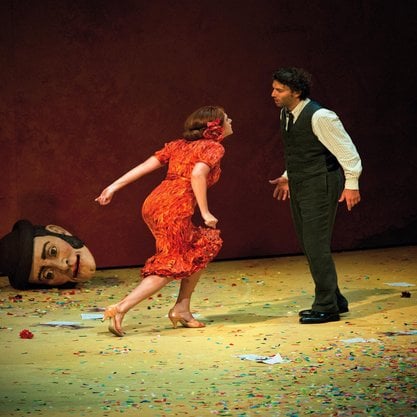Article
Modern Breakthrough By D’Amico, Giuliano
Article
The Modern Breakthrough is a category of literary history first used in 1883 by the Danish critic Georg Brandes. Brandes used it to group together a series of Scandinavian authors of the preceding decade. More generally, the Modern Breakthrough came to identify the literary currents embedded in social realism and naturalism that grew in Scandinavia during the 1870s and the 1880s. Although closely related to European literary currents of the age, the Modern Breakthrough developed as a distinctly Scandinavian phenomenon. It also influenced other literatures through the works of key personalities such as Henrik Ibsen, August Strindberg, and Jens Peter Jacobsen. Authors of the Modern Breakthrough shared an interest in social problems such as the tension between the working classes and the capitalist bourgeoisie, the role of women in society, and the struggle between science and religion. In the second half of the 1880s, the Modern Breakthrough increasingly became influenced by symbolism and impressionism and gradually extinguished during the 1890s, threatened by decadent and avant-garde literature.



